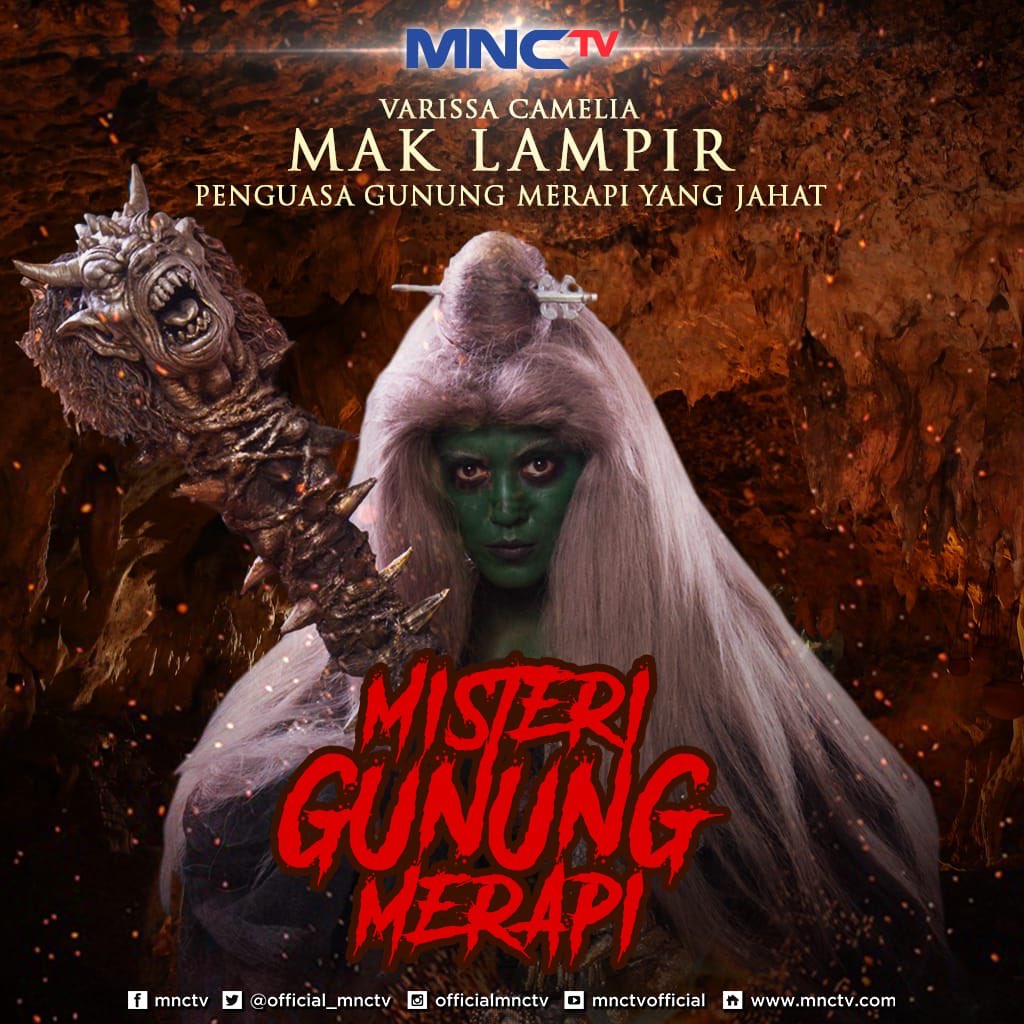

According to Adrienne Rich's definition, the " revision " of myths signifies the critical adaptation, appropriation, and invasion of traditional texts. This paper focuses on the subversive potential of myths by exploring Margaret Atwood's feminist revision of creation, more specifically the myth of paradise. Erin Harrington is Lecturer in English and Cultural Studies at The University of Canterbury, New Zealand. It therefore makes a unique contribution to the study of women in horror film specifically, while also providing new insights in the broader area of popular culture, gender and film philosophy.

The book not only offers a feminist interrogation of gynaehorror, but also a counter-reading of the gynaehorrific, that both accounts for and opens up new spaces of productive, radical and subversive monstrosity within a mode of representation and expression that has often been accused of being mis-ogynistic. Some of the themes explored include: the intersection of horror, monstrosity and sexual difference the relationships between normative female (hetero)sexuality and the twin figures of the chaste virgin and the voracious vagina dentata embodiment and subjectivity in horror films about pregnancy and abortion reproductive technologies, monstrosity and 'mad science' the discursive construction and interrogation of monstrous motherhood and the relationships between menopause, menstruation, hagsploitation and 'abject barren' bodies in horror. This book offers an in-depth analysis of women in horror films through an exploration of 'gynaehorror': films concerned with all aspects of female reproductive horror, from reproductive and sexual organs, to virginity, pregnancy, birth, motherhood and finally to menopause. It is also a site of expression and exploration that leverages the narrative and aesthetic horrors of the reproductive, the maternal and the sexual to expose the underpinnings of the social, political and philosophical othering of women. Horror is a space of entertainment and excitement, of terror and dread, and one that relishes the complexities that arise when boundaries-of taste, of bodies, of reason-are blurred and dismantled. Women, Monstrosity and Horror Film Women occupy a privileged place in horror film. How are female bodies recast in revised myths in the interest of subverting standards of femininity? How does speculative fiction serve as an effective instrument in celebrating bodies symptomatically silenced in "original" texts? By fostering a dialogue between corporeal writing and revisionist speculative fiction, this paper examines how the female body may be reimagined outside what is deemed singular, natural, or authentic, both in terms of genre and gender.

With a framework informed by feminist and postmodernist studies, this article explores the stylistic modes of corporeal writing in revisionist mythmaking. Intan Paramaditha's collection of stories, Apple and Knife (2018), is exemplary of this mission: in her speculative quill, fairy tales become reports of female body policing, vampires are symbolic of non-normative roles and a menstruation-eating monster is a counter-metaphor to misogynist scatological taboos. To break this curse and regain their voice, feminist authors have undertaken the task of rewriting old myths in ways that speak to current local problématiques. Through insidious reproduction, such myths cast a discursive spell that dispossesses women of their subjectivity and agency. Numerous are the patrilineal mythic narratives that institutionalize unidimensional representations of women, portraying female bodies either as repositories of submission and passivity or as cesspools of chaos and corruption.


 0 kommentar(er)
0 kommentar(er)
